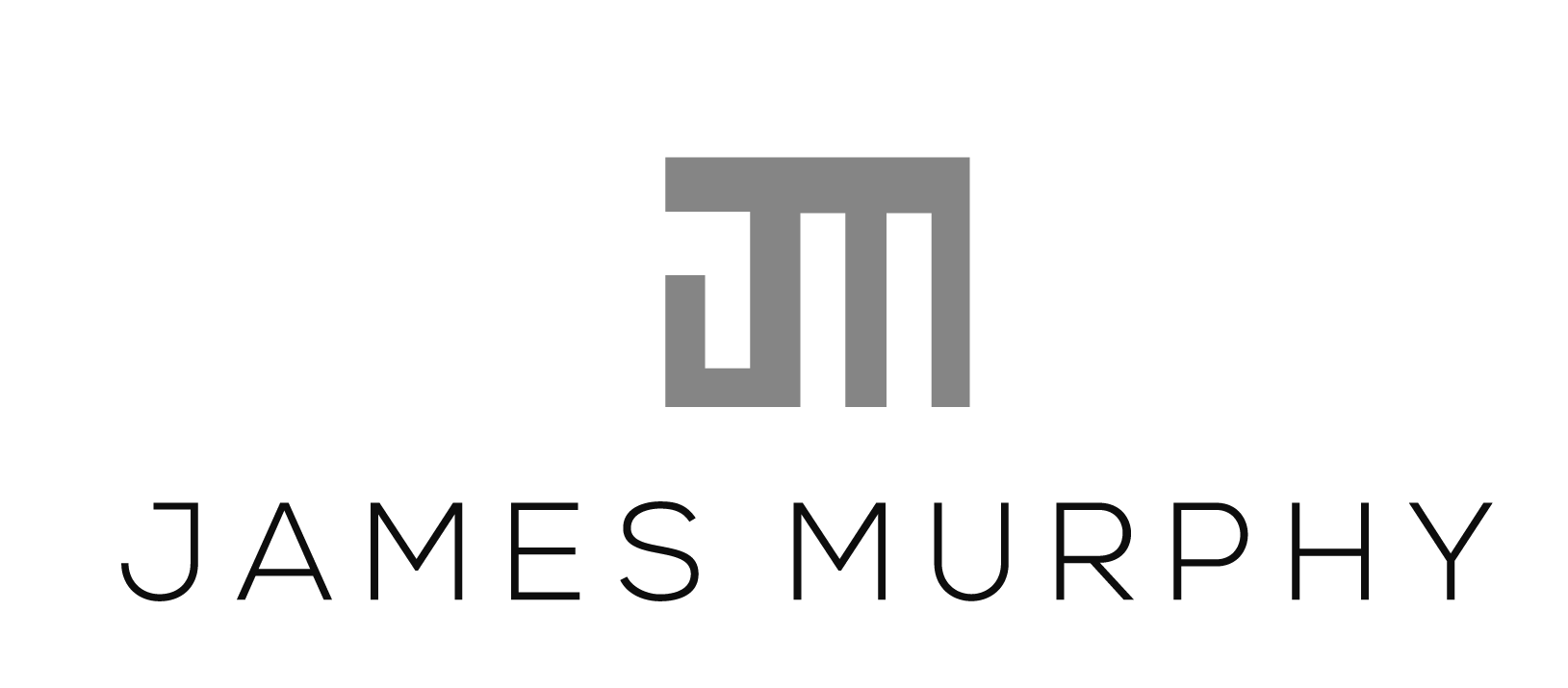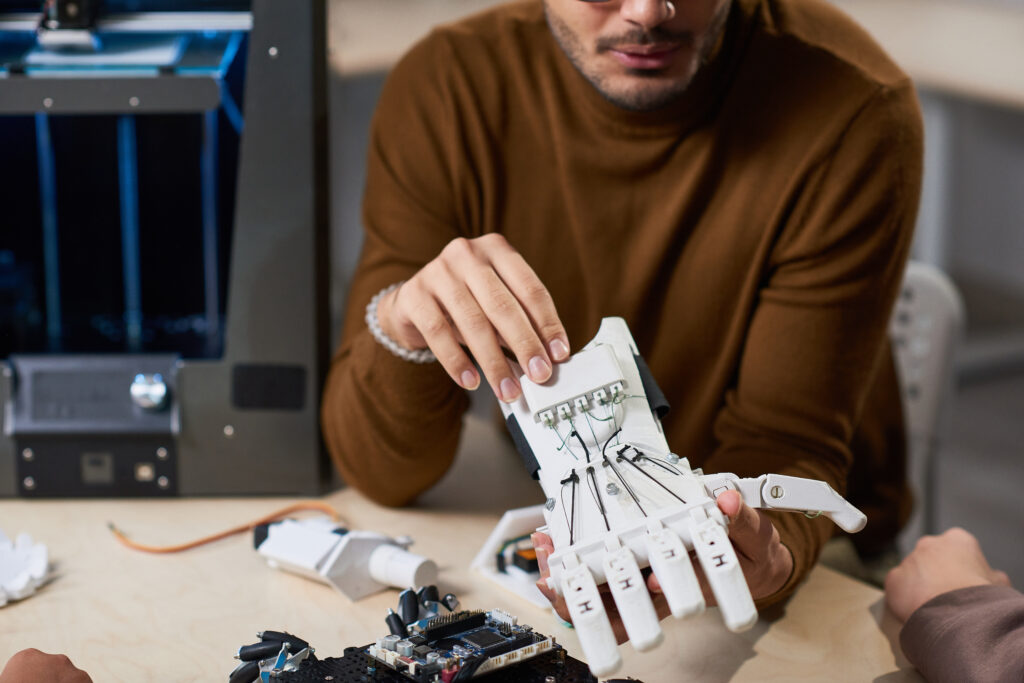Learn the rapid prototyping definition to understand how it differs from other manufacturing methods. Then discover the most common techniques for designing and fabricating excellent components. Here is what you need to know.
The rapid prototyping definition can be tricky to understand. That’s because RP is so closely related to other digital manufacturing techniques. Many fabrication shops use rapid prototyping alongside other technologies to develop products for closely regulated industries. However, RP is different in multiple ways.
Many people confuse the rapid prototyping definition with 3D printing (additive manufacturing). Still, others have no clue how the two techniques intertwine. This article will explain the meaning of both methodologies and discuss why rapid prototyping is essential. It will also outline the various RP processes and examine how pros view RP for manufacturing.
Table of Contents
What Is the Rapid Prototyping Definition?
Rapid Prototyping Definition: Costs and Waste
Surface Finishing Requirements
Rapid Prototyping vs. Additive Manufacturing
Four Benefits of Understanding the Rapid Prototyping Definition
Common Rapid Prototyping Techniques
#1. Selective Laser Sintering (SLS)
#3. Fused Deposition Modelling (FDM)
#4. Laminated Objective Manufacturing (LOM)
#5. Selective Laser Melting (SLM)
Other Rapid Prototyping Methods
What Is the Rapid Prototyping Definition?
Rapid prototyping is not a simple process. It involves several steps, keen attention to detail, and excellent communication. Advanced manufacturing facilities offering RP must also use the latest fabrication technology to develop top-quality outcomes.
The rapid prototyping definition refers to a group of techniques used to make to-scale three-dimensional models of physical parts. Experts utilize 3D computer-aided design (CAD) software to demonstrate elemental behaviors, tolerances, and compatibility.
“Teams can adjust the various features until their design meets or exceeds industry standards.”
Rapid prototyping allows engineers to test different concepts before introduction, production, or distribution. Experts can manufacture the parts as requested with intact and theoretically functional features. Some designs require machining, while others are buildable using additive layer manufacturing technologies.
Therefore, the rapid prototyping definition involves processes leading up to fabrication. It is not the manufacturing of parts; it is the designing of them. This is one of the most crucial steps when developing innovative components or troubleshooting existing products. Talk to your team for more specific details about what RP means for each project.

We offer fast, high-quality, tailored PROTOTYPING solutions for leading companies in a wide range of industries.
superior Rapid PROTOTYPING
DID YOU KNOW: Many industries use rapid prototyping to usher in new trends or elevate their marketing strategies?
Rapid Prototyping Steps
The rapid prototyping definition would be incomplete without explaining the various steps involved. Each facility will use a different approach, but this is the standard practice you can expect:
- Sketch Out Your Design. Use this time to go over the details with your engineering team. Ask questions and determine goals before starting.
- Begin Fast and Simple. Don’t focus too much on perfection during the first round. This is your opportunity to check, test, and evaluate different aspects.
- Repeat Until Satisfied. Iterate relentlessly to develop a suitable product design. You can save money because it skips manufacturing until you’re ready.
- Know When to Stop. Recognize when you’ve reached the pinnacle of your design. Request feedback from your engineers if unsure.
- Create a Final Prototype. Don’t skimp on a superior design. This is your scale model to demonstrate purpose and value to investors or stakeholders.
- Test for Industry Compliance. Determine if your final design meets or exceeds industry standards and ISO requirements with a comprehensive certification.
There are also six different types of prototype stages that most successful products must pass through. Consulting your team can garner more tailored information about the best approach. Meanwhile, prepare for this:
- Concept Sketching
- Bench Modelling
- Functional Modelling
- Visual Modelling
- Pre-Production “Alpha” Prototyping
- Manufacture Modelling
Depending on your design’s intended purpose, you could skip or repeat some of these steps. Every project is different, so plan a flexible budget that leaves room for adjustments.
Rapid Prototyping Definition: Costs and Waste
“The rapid prototyping definition doesn’t change whenever the cost increases or decreases.”
It remains the same regardless of how much you pay for RP services. Meanwhile, there is no average cost of rapid prototyping because each project has countless variables. People can spend between $100 and $100,000 for their prototypes. It all depends on several factors.
Most facilities charge extra for expedited RP. However, you can usually get a quote before spending money. Discuss the potential risks and rewards with your team to create a feasible budget. Then determine your exact spot in the designing or manufacturing to decide whether rapid prototyping makes sense.
The factors that will affect the price you pay are as follows:
Prototype Accuracy
Precision prototypes require more steps than straightforward models. They also need additional time for setup, design, and multiple iterations. Accurate RP involves several tests and evaluations from various perspectives. Therefore, each stage will render different results and costs according to the recommended geometries. The rapid prototyping definition doesn’t change; only the prototype name differs based on the stage, function, and exactitude.
Size and Complexity
Prototype sizing is an essential element when understanding the definition. Massive designs might require several procedures to combine different components. Smaller projects need fewer resources but might require enhanced technologies or rare materials. However, project dimensions don’t change the rapid prototyping definition or outcome. Experts can still create versatile portfolios using advanced CAD software and detailed digital sketches.
Rapid Prototyping Materials
Different rapid prototyping materials can alter the price you pay for RP services. That’s because rare or raw materials cost more than everyday textiles. They might also incur shipping fees, import or export taxes, and handling charges. Fortunately, it’s still called rapid prototyping, even if your resources require a long time for delivery.
Surface Finishing Requirements
The rapid prototyping definition usually includes everything up to the finishing touches. The reason is that different projects require different surface finishing techniques. For example, a prototype built for display might need a low-cost finish. Meanwhile, prototypes for demonstrations could require more attractive or durable polishing. This can change the price but not the meaning or benefits.
Understanding the rapid prototyping definition is advantageous for multiple reasons. It also helps to know the difference between RP and 3D printing. Let’s explore the distinctions and similarities next.

We offer fast, high-quality, tailored PROTOTYPING solutions for leading companies in a wide range of industries.
superior Rapid PROTOTYPING
Rapid Prototyping vs. Additive Manufacturing
Many can’t understand the standard rapid prototyping definition because it’s similar to additive manufacturing. However, there are considerable differences between the two processes. They often piggyback one another to help engineers develop precision parts with less waste. Still, teams can choose both or neither when developing or improving products.
Rapid prototyping helps create innovative products that comply with industry standards. It also allows engineers and product designers to produce digital examples more efficiently.
“RP takes advantage of sophisticated technologies, tailored programming, and streamlined communication to foster sustainable ingenuity.”
Most modern industries use rapid prototyping to obtain or maintain a competitive edge without investing in mass production first.
RP supports cost-effective market research by providing a waste-free platform for visualizing and testing several design elements. Three-dimensional printing, or additive layer manufacturing, is different. It involves the manufacturing process after teams finish prototyping. This is another efficient fabrication method used to build scale models while eliminating scrap and reducing lead times.
DID YOU KNOW: Many manufacturers use 3D printing to create products developed through rapid prototyping?
Four Benefits of Understanding the Rapid Prototyping Definition
Knowing the differences between the standard rapid prototyping definition and 3D printing can be highly beneficial. It also demonstrates your readiness for fast manufacturing with the latest technology. Here are four other advantages to consider:
- Communicate Clearly During Developmental Stages
Give your team more decisive leadership by learning rapid prototyping definitions. Provide knowledgeable answers to crucial questions during developmental processes.
TIP: Have teammates address concerns and pass correspondence throughout the project.
- Determine the Most Comprehensive Approach
Use your expertise to guide teams toward the most profitable outcomes. Build your budget around specific information and accurate quotes to avoid costly surprises.
TIP: Leave room in your budget for supply chain disruptions and other unexpected issues.
- Reduce Excess Expenditures with Better Efficiency
The rapid prototyping definition includes room for customization. This allows engineers to cut costs without cutting corners or threatening usability.
TIP: Reduce design flaws with rapid prototyping before initiating the manufacture.
- Produce Higher-Quality Prototypes
Relevant information is always helpful when determining your end-use goals. Fabricate high-value prototypes with experience and expert guidance.
TIP: Choose rapid prototyping services that align with your team’s primary objectives.
“The more you know about the rapid prototyping definition, the better.”
It not only helps you understand each stage, but it also gives you the required information to assist someone else. Knowledgeable teams work more smoothly and produce higher-quality products with fewer disruptions and less stress. Experienced staff is also no longer as much of a liability and can catch issues before they become dealbreakers.
Learning the standard rapid prototyping definition and factors affecting cost is vital. However, so is knowing about the most common RP techniques. Discover the essentials in the following section.
Common Rapid Prototyping Techniques
This explanation of the rapid prototyping definition would be incomplete without a quick review of the most common RP techniques. Although 3D printing is one of the most reliable and cost-effective, manufacturers can choose several alternatives.
#1. Selective Laser Sintering (SLS)
Engineers prefer Selective Laser Sintering (SLS) for metal and plastic prototyping. The technique uses a powder bed to build layers and heat to sinter the material. This method has multiple advantages, but it might not work for all projects. Ask for details to be sure.
#2. Stereolithography (SLA)
Stereolithography (SLA) is sometimes called Vat Photopolymerization. It is a quick and cost-effective technique used for commercial 3D printing. This methodology requires computer-controlled ultraviolet (UV) light, so teams must take extra precautions to stay safe.
#3. Fused Deposition Modelling (FDM)
This rapid prototyping technique is sometimes referred to as material jetting. It is a straightforward process used for non-industrial desktop fabrication. Engineers use spools of thermoplastic filament to produce first-round models for inspection or demonstration. It is fast and cheap but might not offer the precision some designs require.
#4. Laminated Objective Manufacturing (LOM)
Laminated Objective Manufacturing (LOM) is also called Sheet Lamination. It is an inexpensive manufacturing method using less sophisticated tools that do not require controlled conditions. Engineers deliver and bond each layer to the previous one until rendering the ideal shape, size, or geometry.
#5. Selective Laser Melting (SLM)
Powder Bed Fusion or Selective Layer Melting (SLM) is a high-strength manufacturing method to fabricate complex parts. Aerospace, automotive, defense, and medical teams use it frequently to comply with ISO regulations. This technique is also suitable for manufacturing metals such as aluminum, titanium, stainless steel, and cobalt chrome alloys.
Other Rapid Prototyping Methods
Some fab shops use digital light processing (DLP) or Binder Jetting to complete orders. These techniques can be less expensive or less time-consuming than the alternatives. However, some require support structures or post-build curing. Talk to your team about the pros and cons of each option. Then align your strategy with the rapid prototyping definition for optimal results.
Conclusion
The rapid prototyping definition is clear. It pertains to the process used by engineers when developing or troubleshooting various design concepts. RP helps teams visualize their parts and components for more streamlined production. It is also crucial when fabricating with 3D printers or other digital manufacturing tools.
Understanding the rapid prototyping definition supports innovation with knowledgeable perspectives. Teams aware of the differences between RP and other techniques can plan better and calculate budgets more accurately. Talk to your team for more information, or contact a rapid prototyping expert for tailored advice.
 About the Author
About the Author
James Murphy is the founder and CEO of HLH Rapid – a hybrid CNC machine shop fusing Western service and quality with Eurasian industry influences for over 14 years. His advanced enterprise uncovers cost-effective rapid injection molding techniques to remain unmatched by industry competitors. Murphy’s full-service fabrication and manufacturing methods span six dedicated zones, from 3D printing and vacuum casting to sheet metal prototyping and project management. His expertise also includes high-efficiency machining within strict yet volatile markets.
Murphy earned an MBA after becoming inspired by his father’s hands-on craftsmanship. As a budding entrepreneur, he taught English and studied Chinese to pursue pioneering objectives. His groundbreaking approach helps build the future by providing well-rounded manufacturing services to innovative Western businesses. When he’s not offering upscale RP and CNC, James enjoys art-house movies, Thai boxing, and spending time with his growing family.
Visit HLHRapid.com for an instant quote on rapid prototyping services.


